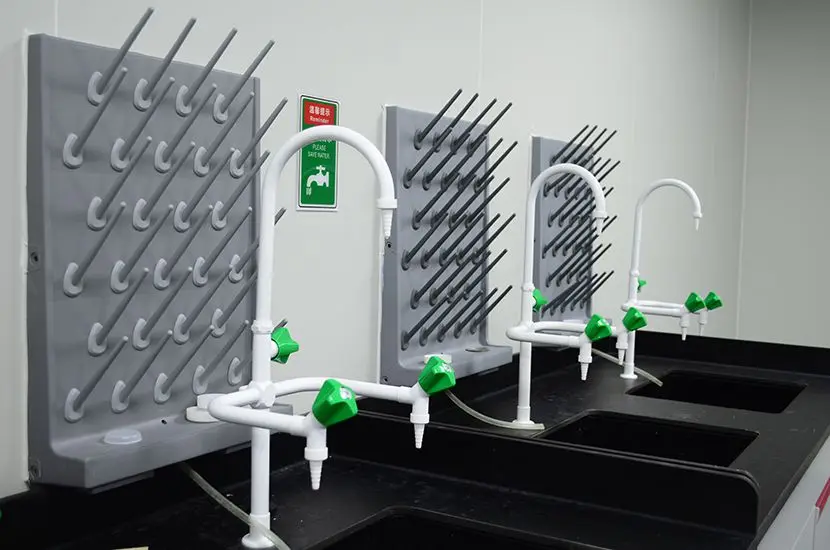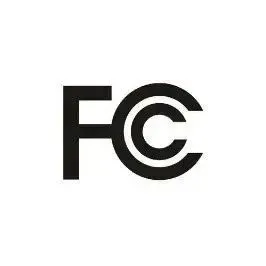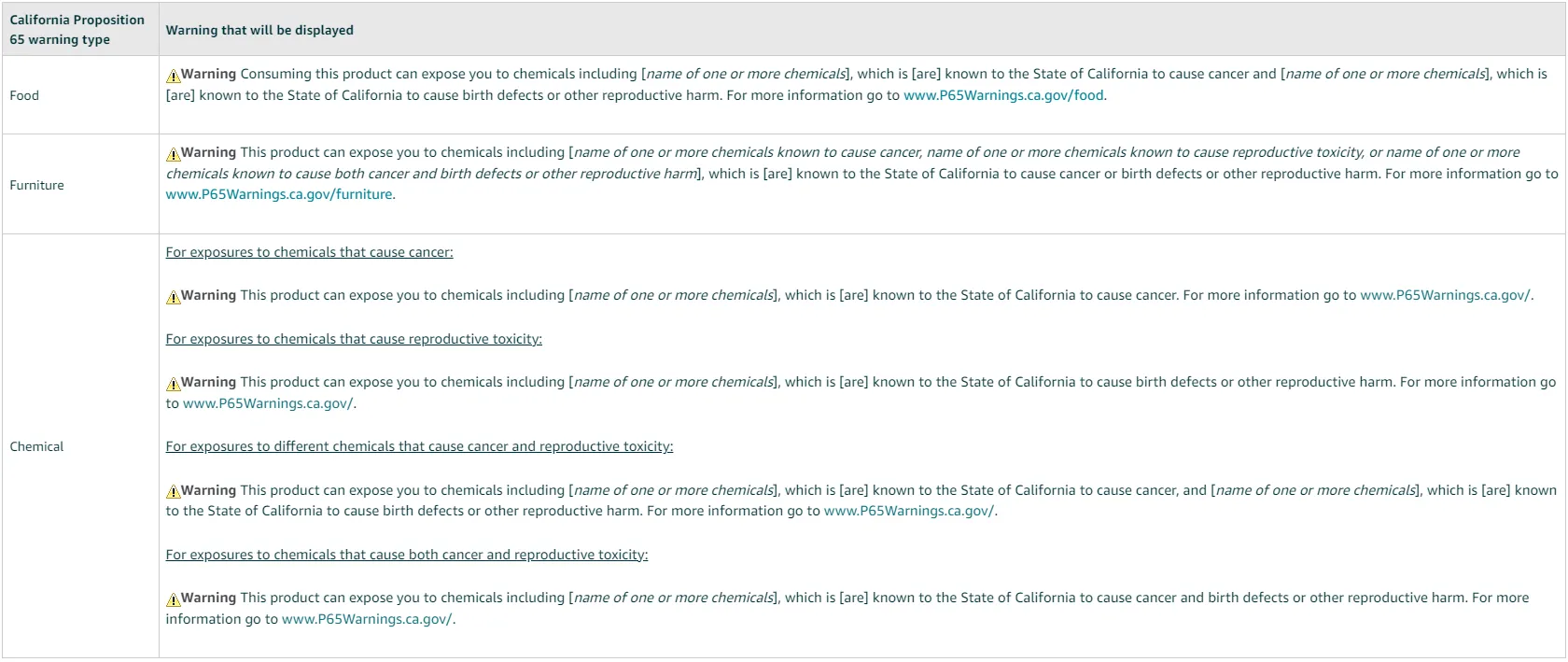
What Is the U.S. CEC Energy Efficiency Certification?
California cec energy efficiency Certification
The California Energy Commission (CEC) adopted the 2007 Appliance Efficiency RegULations on June 20, 2007, which were later approved by the California Office of Administrative Law. These mandatory regulations include standards for both federally regulated and non-federally regulated devices.

In California, federal Department of Energy (DOE) requirements do not fully define efficiency limits or exempt products from state regulations. States, notably California through the CEC, have the authority to implement their own energy policies. Products sold or imported into California must comply with cec regulations.
While the CEC operates several programs, this document focuses on the Appliance Efficiency Program, which defines energy efficiency requirements, test methods, and implementation plans for 58 categories of electrical products. Products must be tested by accREDited laboratories in accordance with U.S. regulations or standards before being sold in California.
These regulations apply to electrical appliances sold or offered for sale in California, except for those sold wholesale for final retail sale outside the state, and equipment specifically designed and sold for recreational vehicles or mobile equipment.
Significance of CEC Certification
CEC energy efficiency standards and labeling have proven to be cost-effective in reducing energy consumption while providing substantial environmental benefits. They also offer financial benefits to consumers. Studies show that implementing and enforcing these standards helps raise product efficiency and consumer awareness, significantly reducing atmospheric pollutants and alleviating environmental problems such as the greenhouse effect, smog, and acid rain—thus improving environmental and life quality.
Required Documents for CEC Certification
1. **Product Name**: Provide the full name of the product.
2. **Product Model**: List all models, types, or series numbers requiring testing.
3. **Intended Use**: E.g., residential, office, industrial, mining, marine, etc.
4. **Parts List**: Detailed components with model numbers, ratings, manufacturers. Include insulation material names.
5. **Electrical Specifications**: Provide schematic diagrams and electrical performance tables.
6. **Structural Diagrams**: Include exploded views or structural layouts as applicable.
7. **Photos and Manuals**: Product images, user guides, safety and installation instructions.
CEC Certification Process
1. Customer submits an application form.
2. Customer signs a testing service agreement with the laboratory.
3. Sample testing begins with documents such as circuit diagrams, internal/external photos, block diagrams, manuals, and product descriptions.
4. Upon passing the tests, the application materials are submitted to a CEC-authorized issuing body.
5. cec certificate is issued.
Key CEC Testing Terminology
- **Active Mode**: Operating state when the device is functioning.
- **Active Mode Efficiency**: Ratio of output power to input power under active mode, expressed as a percentage.
- **No Load**: Mode where the device is powered but no load is connected.
- **No Load Power**: Input power when the device is in no-load mode.
- **UUT (Unit Under Test)**: Device undergoing testing.
- **Ambient Temperature**: Surrounding temperature during testing.
- **Power Factor (True)**: Ratio of real power to apparent power.
- **Total Harmonic Distortion (THD)**: A measure of distortion in the electrical signal.
- **Apparent Power (S)**: Product of input voltage and current.
- **Nameplate Input Voltage**: Input voltage indicated on the label.
- **Nameplate Input Frequency**: Frequency indicated on the label.
- **Nameplate Output Voltage/Current**: Output values indicated on the label.
CEC Testing Overview
Testing Conditions
Unless otherwise stated, tests must be conducted under standard test conditions as defined by IEC 62301.
Test Equipment
Power measurements must use calibrated volt-amp meters or power analyzers with ≤2% error for power ≥0.5W and ≤0.01W error for power <0.5W. Voltage/current measurement error must not exceed 2%.
Test Room
According to IEC 62301, air flow must not exceed 0.5 m/s, and ambient temperature must be controlled within 23°C ± 5°C. Devices must be placed on non-heat-conductive platforms. Additional requirements for outdoor-use products must be noted in the report.
Test Voltage
Voltage fluctuations must not exceed ±1% of the specified value, and frequency fluctuations must be within ±1%. For wide-voltage devices, tests must be conducted at 115V/60Hz and 230V/50Hz. For single-voltage devices, testing uses the closest of these two.
Energy Efficiency Criteria
Pre-2008 Requirements (Effective July 1, 2006)
- For rated output power **less than 1 Watt**:
Minimum average efficiency = 0.49 × Rated Output Power
- For rated output power **greater than 1 Watt and less than or equal to 49 Watts**:
Minimum average efficiency = 0.09 × natural logarithm of rated output power + 0.49
- For rated output power **greater than 49 Watts**:
Minimum average efficiency = 0.84
- No-load power:
- For output power 0 to less than 10 Watts: max 0.5 Watts
- For output power 10 to 250 Watts: max 0.75 Watts
*Note: Natural logarithm (Ln) is based on Watts.
Post-2008 Requirements (Effective January 1, 2008)
- For rated output power **less than 1 Watt**:
Minimum average efficiency = 0.5 × Rated Output Power
- For rated output power **greater than 1 Watt and less than or equal to 51 Watts**:
Minimum average efficiency = 0.09 × natural logarithm of rated output power + 0.5
- For rated output power **greater than 51 Watts**:
Minimum average efficiency = 0.85
- No-load power:
Maximum 0.5 Watts regardless of output power
All testing must be conducted at 100%, 75%, 50%, and 25% of rated output current (±2% load error allowed).
Calculate efficiency as:
**Efficiency = (Output Voltage × Output Current) / Input Power**
Then average efficiencies across the loads to get the average efficiency. Also, measure input power at 0% output current (no load) and compare with limits to verify compliance.
Factory Inspection Requirement
CEC certification does **not** require factory inspections. Only compliance with efficiency standards is needed.
Certification Timeline & Validity
- Standard power supplies: approximately 1 week
- Battery charging systems: approximately 3 weeks (registration required)
- Certificate validity varies by product type.
CEC Requirements for External Power Supplies
According to California law, AC Input External Power Supplies must be CEC certified by July 1, 2007, to be sold in California. Failure to meet Appliance Efficiency Regulations results in sales prohibition.
There are two efficiency levels defined for switching power supplies:
- Level III
- Level IV
These levels impose strict no-load power and efficiency requirements.
Battery Charger System Labeling Requirements
Compliant battery chargers must be labeled with a “BC” symbol inside a circle. The symbol:
- Has no strict size or color requirements
- Must be legible and durable
Label placement options:
- On product nameplate
- On retail packaging or front page of user manual
If no retail packaging is available, the label **must** appear on the product nameplate.
Additional Testing Services Provided by JJR Laboratory (China)
- ENERGY STAR® Testing (U.S.)
- Energy Guide Labeling (U.S.)
- NRCan Certification (Canada)
- Eco Labeling (Europe)
- EU Energy Label (Europe)
- China Energy Label
- Taiwan Green Mark
- Australia Energy Rating Label
Email:hello@jjrlab.com
Write your message here and send it to us
 Does Your Product Need an FCC ID?
Does Your Product Need an FCC ID?
 What Are the Battery Compliance Test Reports?
What Are the Battery Compliance Test Reports?
 Christmas Children’s Products EU & US Complian
Christmas Children’s Products EU & US Complian
 Food Packaging Material Testing
Food Packaging Material Testing
 Cosmetic Product Safety Report
Cosmetic Product Safety Report
 What is Prop 65 Warning?
What is Prop 65 Warning?
 Does RoHS Apply to Packaging?
Does RoHS Apply to Packaging?
 How to Get RoHS Compliance?
How to Get RoHS Compliance?
Leave us a message
24-hour online customer service at any time to respond, so that you worry!




